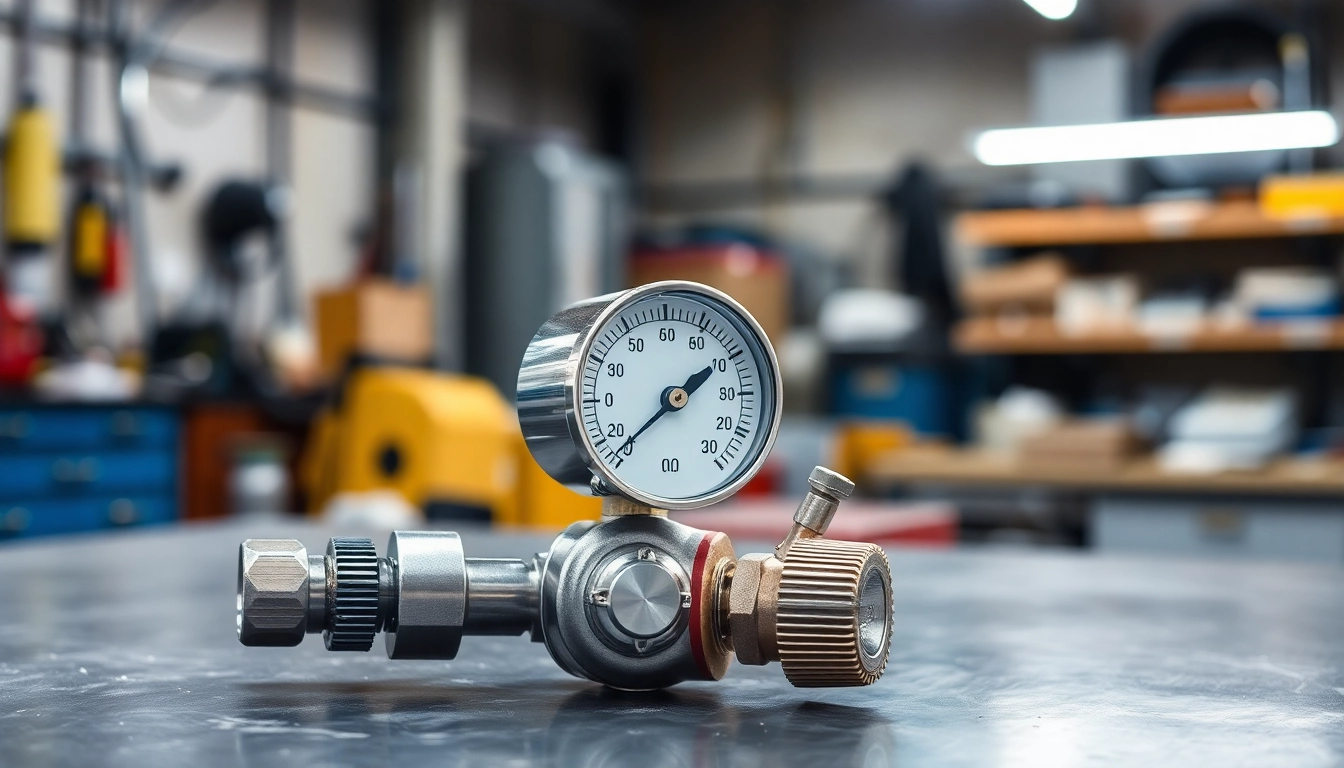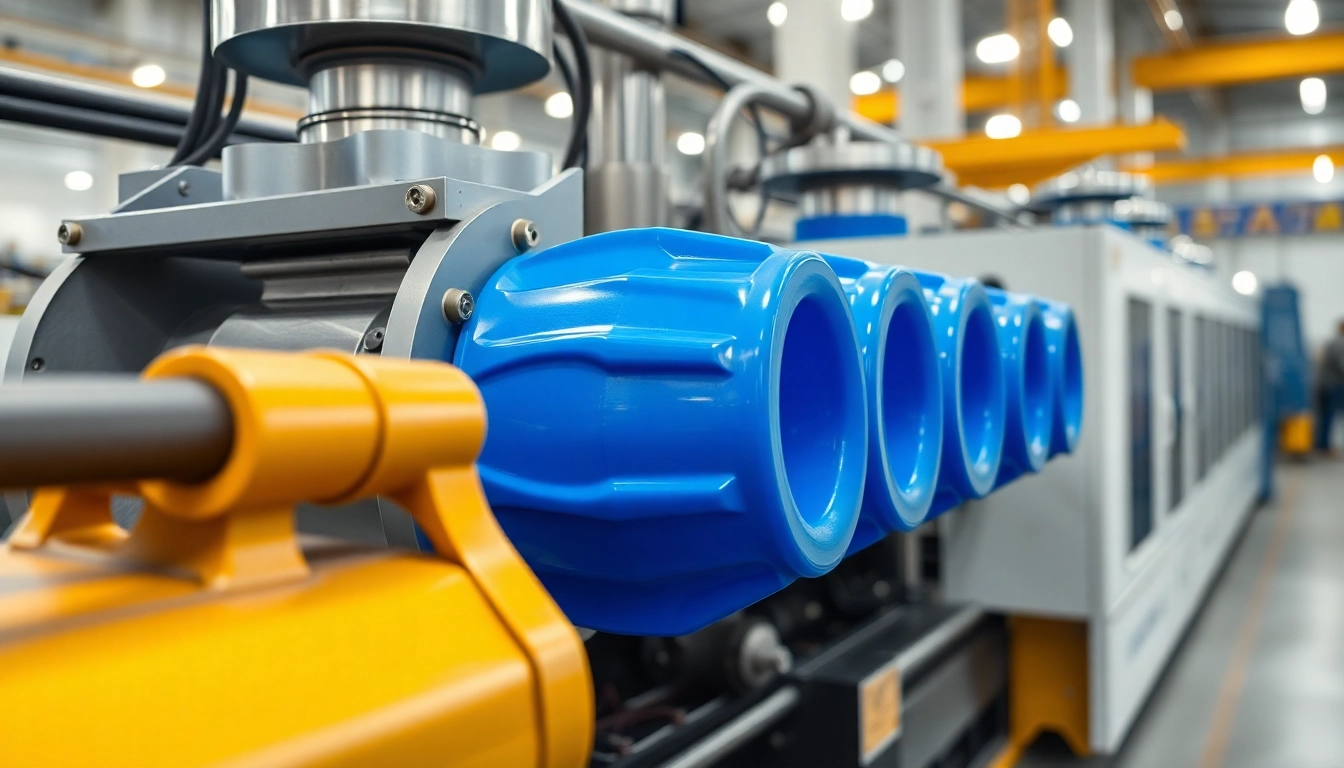Understanding Nitrogen Regulators
Nitrogen regulators are critical components in various industries, playing a vital role in controlling and accurately delivering nitrogen gas for a multitude of applications. This article will delve into the functionality, various types, selection criteria, maintenance practices, and frequently asked questions regarding nitrogen regulators. Understanding these elements can help users choose the right regulator to meet their specific needs efficiently.
What is a Nitrogen Regulator?
A nitrogen regulator is a device designed to control the pressure of nitrogen gas supplied from a storage container or cylinder. It helps in reducing the high-pressure gas down to a desired operating pressure, ensuring safe and effective utilization in various applications. Nitrogen regulators are equipped with gauges to display both the input (cylinder) pressure and the output (delivery) pressure, allowing operators to adjust and monitor the flow of gas accurately.
How Nitrogen Regulators Function
The primary function of a nitrogen regulator is to reduce and regulate the pressure of gas from a high-pressure source to a lower, usable pressure. Here’s a step-by-step overview of how it works:
- Gas Inlet: Nitrogen gas enters the regulator from the pressurized cylinder via an inlet connection.
- Pressure Reduction: Inside the regulator, a diaphragm or piston mechanism reduces the pressure. The design varies by regulator type, impacting performance and suitability for different applications.
- Output Control: Users can adjust the output pressure via a knob or screw mechanism on the regulator, ensuring the pressure meets the specific needs of the application.
- Gas Delivery: Finally, nitrogen gas is delivered through an outlet connection to the intended application, maintaining a steady flow and pressure.
Common Applications of Nitrogen Regulators
Nitrogen regulators are versatile tools used across multiple sectors. Some of the common applications include:
- HVAC Systems: Used for pressure testing and purging in heating, ventilation, and air conditioning systems.
- Food & Beverage Industry: Employed in beer dispensing and other beverage applications to maintain quality and carbonation levels.
- Welding: Utilized in MIG and TIG welding processes where nitrogen serves as a shielding gas.
- Manufacturing Processes: Essential for processes requiring inert atmospheres to prevent oxidation and contamination.
Types of Nitrogen Regulators Available
The market offers a diverse range of nitrogen regulators, each designed for specific applications and pressure requirements. Understanding the various types can assist users in selecting the right regulator for their needs.
Industrial vs. Commercial Nitrogen Regulators
Nitrogen regulators can be categorized into two main types based on their usage: industrial and commercial. Industrial regulators are typically built for high-demand environments, featuring robust construction to withstand more rigorous conditions. They are widely used in manufacturing and heavy industry applications. In contrast, commercial nitrogen regulators are generally designed for lighter operations, such as those found in restaurants and bars, and may not require the same durability or pressure tolerances as their industrial counterparts.
Low Pressure vs. High Pressure Regulators
Regulators are also differentiated by their pressure capabilities:
- Low Pressure Regulators: These are designed to control delivery pressures typically ranging up to 30 PSI, making them suitable for applications requiring gentle or low-flow nitrogen delivery.
- High Pressure Regulators: Capable of managing pressures of up to 300 PSI or more, these regulators are essential for applications where high flow rates and pressures are necessary, particularly in industrial settings.
Specialized Nitrogen Regulators for HVAC and Beverage Dispensing
Some nitrogen regulators are engineered for specialized applications. For instance, HVAC nitrogen regulators are designed to withstand the unique pressures involved in refrigerant lines, while beverage dispensing regulators may have features tailored to carbonation levels in draft beer systems, such as dual-pressure adjustments for different beverages. These specialized models ensure that operators can maintain the required performance standards across various applications.
Choosing the Right Nitrogen Regulator for Your Needs
Selection of a nitrogen regulator involves consideration of several key features and characteristics that directly impact performance. Here are some critical aspects to take into account:
Key Features to Consider
When selecting a nitrogen regulator, consider the following features:
- Pressure Range: Ensure the regulator matches the pressure requirements of the application.
- Type of Outlet: Check for compatibility with the equipment it will connect to, whether it’s a standard outlet or a specialized fitting.
- Materials Used: High-quality materials, such as brass or stainless steel, offer both durability and corrosion resistance, ideal for varied environments.
- Flow Rate: Choose regulators with appropriate flow rate ratings to ensure they meet the demand of their specific use case.
Comparison of Brands and Models
Several brands dominate the nitrogen regulator market, offering various models with specific features. Key brands such as Victor, Smith, and Uniweld provide reliable options recognized for quality and performance. Comparison among models can typically be made based on user reviews, technical specifications, and specific features tailored to particular tasks.
Cost Considerations and Budgeting
The cost of nitrogen regulators can vary widely based on functionality, brand, and pressure rating. Investing in a high-quality regulator can save money in the long run by reducing the risk of failures or leaks. Therefore, it’s crucial to budget effectively while considering both initial expenditure and potential lifetime savings through efficiency.
Safety and Maintenance of Nitrogen Regulators
Ensuring the safety and longevity of nitrogen regulators involves regular maintenance and adherence to safe operating practices. Here are some important guidelines:
Best Practices for Safe Operation
Operating a nitrogen regulator safely involves:
- Regularly checking for leaks using a soap solution or gas detector.
- Avoiding the exposure of regulators to extreme temperatures and other environmental stressors that could affect functionality.
- Ensuring that all connections are secure and properly fitted to prevent accidental disconnections or leaks.
Routine Maintenance and Inspection Checklist
Routine maintenance is crucial for ensuring optimal performance and longevity of nitrogen regulators:
- Inspect For Leaks: Perform visual checks for any obvious signs of damage or wear, particularly at seals and connections.
- Clean Components: Ensure that any dirt or debris is removed from the regulator and fittings to maintain flow and performance.
- Check Gauges: Ensure that all gauges are functioning correctly and accurately displaying pressure levels.
- Check for Wear: Look for signs of wear on diaphragms and seals, replacing them as necessary to prevent failures.
Signs Your Nitrogen Regulator Needs Service
Knowing when a nitrogen regulator requires servicing can prevent costly failures:
- Inconsistent pressure readings on the gauge.
- Frequent pressure drops during use.
- Visible signs of corrosion or wear.
- Unusual hissing sounds that may indicate a gas leak.
FAQs About Nitrogen Regulators
Do I need a special regulator for nitrogen?
Typically, nitrogen regulators differ from those for other gases, such as oxygen and CO2, due to their specific pressure requirements and valving systems. It’s essential to use a regulator specifically designed for nitrogen to ensure safety and efficiency.
What is the difference between nitrogen and CO2 regulators?
Nitrogen regulators are engineered to handle higher pressures and different connection types than CO2 regulators. Furthermore, nitrogen is inert, which necessitates a different operational approach compared to CO2, which might produce adverse reactions in certain conditions.
How do I install a nitrogen regulator?
The installation process is relatively straightforward, but adherence to safety protocols is essential. It typically involves securely connecting the regulator to the nitrogen cylinder and the intended use point, followed by tightening all connections and setting the desired output pressure. Following manufacturer instructions carefully and possibly consulting a professional is advised for those unfamiliar with gas installations.



